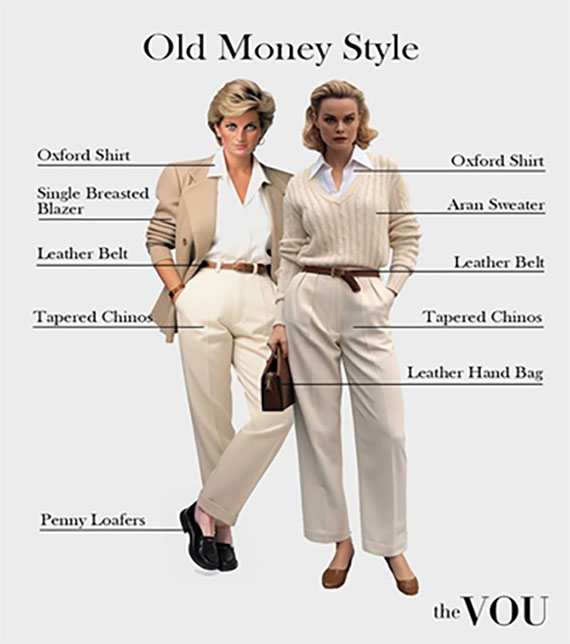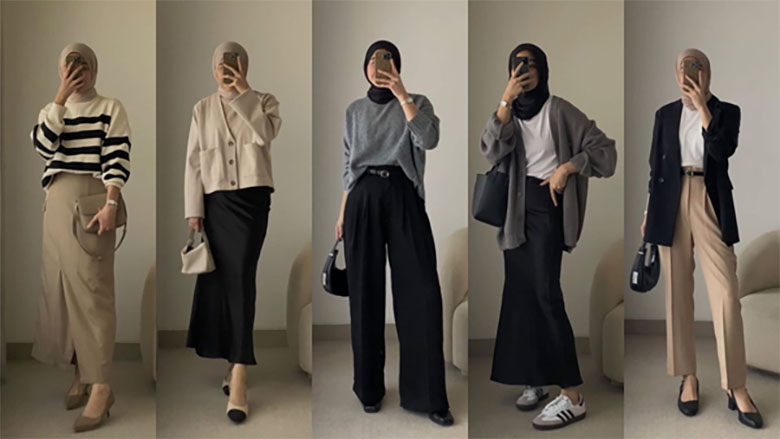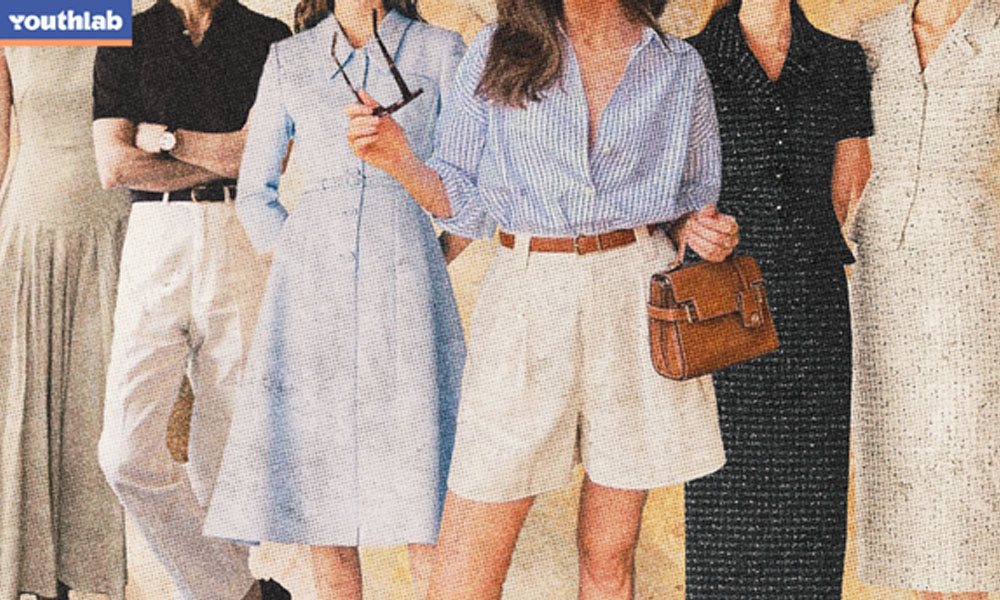Have you noticed a fashion style where everything feels understated—neutral tones like beige, white, off-white, and subtle stripes, with minimal decoration? It’s as though the wearers are intentionally blending in, avoiding anything flashy. This, my friend, is the essence of the old-money aesthetic. It’s clean, refined, and deliberately devoid of bold logos or bright colors.
You’ll rarely spot a visible brand name. Compare this to past trends like Louis Vuitton and Balenciaga, where logos were loud and unmistakable, even making their way into pop culture phenomena like The Simpsons. In contrast, the old money look embodies quiet, generational wealth—associated with big mansions and dozens of family legacies. Think Lady Diana or aristocratic elegance.

Why Does This Matter?
Fashion trends don’t just reflect personal taste—they mirror the socioeconomic climate of the time. Let’s explore how:
1. 2000s: The Era of Loud Luxury
In the early 2000s, luxury fashion was all about making a statement. Celebrities showed up wearing designer brands with oversized logos plastered across their clothing, projecting wealth and success. Exclusivity culture is at its highest with logos served as social status symbols that instantly project wealth.
Post-2008: The Minimalist Shift
After the 2008 financial crisis, brave displays of wealth became less fashionable to reflect the economic downturn. Minimalism emerged, reflecting a society adjusting its values amidst economic depression.
2. Logomania Resurgence
By the late 2010s, prosperity returned, and so did logomania. Once again, brands embraced large logos, signalling a newfound confidence in consumer spending. Think of the ‘Supreme’ brand plastered over sweaters, jackets, and many ‘dupes’ or ‘replicates’ of similar clothing styles found in consignment and secondhand stores.
3. The Pandemic and Quiet Luxury
The COVID-19 pandemic opened the path to a new era of uncertainty. Quiet luxury—subtle, high-quality fashion without overt branding—became the dominant trend, resonating with a world grappling with economic unpredictability.
Gen Z’s aspiration for wealth and self-sufficiency is strong, with the “old money” aesthetic symbolizing this ambition. Characterized by timeless cuts, neutral tones, and high-quality materials, it conveys elegance and affluence. However, this ideal contrasts sharply with the reality for many Indonesian Gen Zs, who earn less than Rp 2.5 million monthly, as the Indonesian Gen Z Report 2023 by IDN Times reported. Early in their careers, many lack the financial means to fully embrace this lifestyle, often resorting to creative, budget-friendly alternatives to project the image without the wealth it represents.
1. Hoarding and Fast Fashion Trap
Many young consumers, striving to emulate the old money look, turn to mass-produced, low-quality items that mimic the aesthetic but fail in durability. These budget-friendly options may initially mimic the aesthetic but tend to degrade quickly after a few washes. These tend to lead to wasteful habits: items are discarded or left to gather dust in wardrobes. This behavior contradicts the supposed timeless ethos of the old money aesthetic and contributes to environmental and financial inefficiencies.
2. Timelessness and Intentional Minimalism
On the other hand, some Gen Z individuals, usually with already adequate purchasing power, embrace the true essence of quiet luxury: investing in fewer, high-quality pieces that are versatile and built to last. This approach aligns with sustainability and creates a deeper appreciation for clothing as an extension of personal values rather than short-lived trends.
3. De-influencing via Social Media
Social media, often blamed for fueling unsustainable lifestyles, including fast-fashion consumption, can also serve as a powerful platform to promote intentional minimalism. Influencers like @itscasriani, who runs the Conscious Fashion TikTok account (36k+ followers), and @faarsyazz, with her Fashion & Beauty account (28k+ followers), are one of many TikTok influencers with the sole mission to fight against the hoarding culture. Through relatable and engaging content, they emphasize the value of investing in high-quality fabrics over trendy, low-durability options. They inspire their audiences to prioritize timeless, durable pieces that reflect personal style and align with ethical and environmental values.

Fashion serves as a fascinating indicator of economic and social situation. It reflects what values society in the era holds onto and what values they avoid. The next time you notice a trend, ask yourself: What does this say about the world’s current financial era? It’s a fun way to gain insights into society’s broader shifts—and a reminder that fashion is never just about clothes.
References:
Arnault, L. & Amiri, R. (2024, April 10). Old money style guide. The VOU. Retrieved December 8, 2024, from https://thevou.com/blog/old-money-style-guide/
Brooke, E. (2018, December 27). How the Great Recession influenced a decade of design. Vox. Retrieved from https://www.vox.com/the-goods/2018/12/27/18156431/recession-fashion-design-minimalism
Sharma, D. (2024, July 6). How fashion trends are impacted by the economy? The Fashion Law Journal. Retrieved December 8, 2024, from https://fashionlawjournal.com/how-fashion-trends-are-impacted-by-the-economy/
Sipalingracuuun. (2024). OLD MONEY VIBES OUTFIT HIJAB ALA PINTEREST Spill head to toe di bawah. X (formerly Twitter). Retrieved December 8, 2024, from https://x.com/sipalingracuuun/status/1741767963106312461?lang=cs

